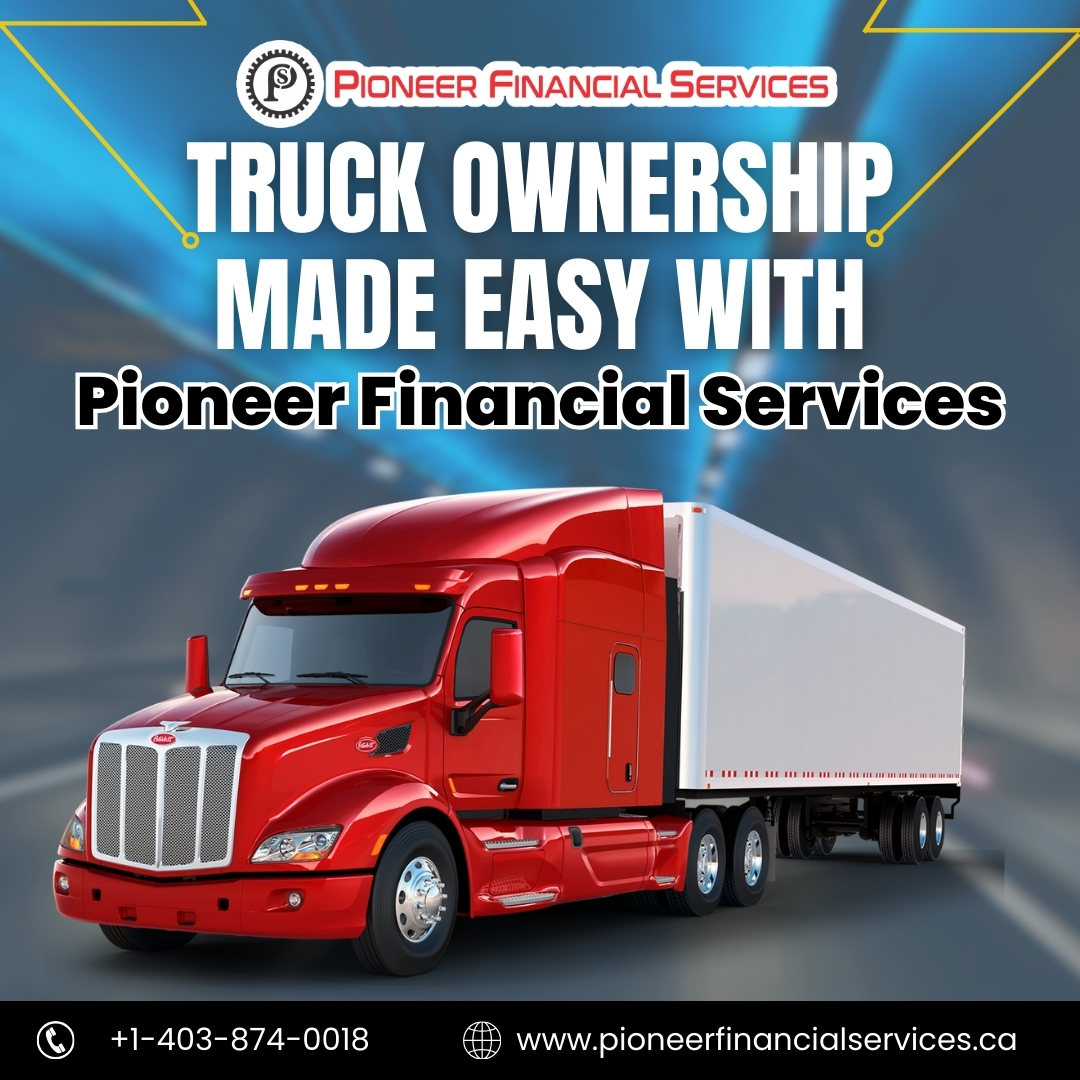
Buying heavy equipment can be a game-changer for businesses, but the cost is often overwhelming. Financing makes it easier to get the tools you need without breaking the bank. To make smart choices and avoid unnecessary stress, you need a solid plan. Here are some simple and practical tips to help your business secure the right financing for heavy equipment.
1. Understand Your Equipment Needs
The first step in heavy equipment financing Calgary is figuring out exactly what your business needs. Are you moving heavy materials daily, or do you need equipment for occasional projects? For example, a construction company might need a powerful excavator, while a landscaping business may do better with a compact loader. Picking equipment that fits your workload ensures you don’t spend on features you’ll never use or buy something that can’t handle the job.
2. Compare Financing Options
Financing comes in different forms, and it’s important to explore your options. Banks typically offer the lowest interest rates but may have strict requirements, including strong credit and detailed applications. Leasing is great if you want smaller payments and plan to upgrade in a few years. Specialized equipment lenders often provide quicker approvals and flexible terms. Comparing these options lets you choose what works best for your situation.
3. Plan for a Strong Down Payment
A larger down payment not only lowers your loan amount but also improves your financing terms. Lenders prefer lower loan-to-value ratios (LTV) because they reduce risk. For instance, if you’re buying equipment worth $200,000, a 20% down payment means you’re only borrowing $160,000. This can lower your interest rate and monthly payments, saving you money in the long run.
4. Review Loan Terms Carefully
Every heavy equipment financing Calgary comes with conditions that outline your responsibilities. Pay attention to loan details like the interest rate, repayment schedule, and extra fees. Some loans include balloon payments, where you owe a large amount at the end of the term. Make sure the loan terms match your financial capacity, so you aren’t caught off guard. If anything is unclear, ask questions before you sign.
5. Consider Used Equipment
Buying used equipment can save you money without sacrificing quality. Many lenders offer financing for used machinery, though the terms might differ from loans for new equipment. Have the equipment inspected to make sure it’s in good condition and won’t need expensive repairs. A well-maintained used machine can often perform as well as a new one, making it a smart choice for businesses on a budget.
6. Build a Strong Credit Profile
Your credit score plays a big role in getting good financing terms. Lenders use it to decide if you’re reliable and to set your interest rate. Pay bills on time, reduce outstanding debts, and check your credit report for errors to keep your score healthy. Even small improvements can make a big difference in what lenders offer.
7. Think About Long-Term Costs
The cost of owning heavy equipment goes beyond the price tag. Maintenance, fuel, repairs, and insurance can add up quickly. For example, a large excavator may need regular servicing that costs thousands each year. Factor these expenses into your budget to make sure you can cover both loan payments and upkeep without putting pressure on your finances.
8. Look for Government Incentives
Some government programs can make equipment financing more affordable. For example, there are often tax breaks for businesses investing in energy-efficient machines or grants for certain industries. Check what’s available in your area—these incentives can save you money and make financing easier to manage.
9. Use a Loan Calculator
To understand how much you’ll pay each month, try using an equipment loan calculator. These tools let you input the loan amount, interest rate, and term length to estimate payments. For example, if you’re borrowing $150,000 at a 6% interest rate over five years, you can see what your monthly payments will look like. Knowing this ahead of time helps you budget with confidence.
10. Choose a Trustworthy Lender
The right lender makes all the difference. Look for lenders with experience in heavy equipment financing and a good reputation. Read reviews, ask for recommendations, and compare offers from different providers. A good lender will work with you to create a plan that fits your business and keeps your finances stable.
Final Thoughts
Financing heavy equipment doesn’t have to be complicated if you plan ahead. Start by understanding your needs, compare options, and look beyond the purchase price to account for long-term costs. A clear approach helps you secure the right loan and grow your business without unnecessary stress. With smart financing, you’re investing in a stronger, more efficient future for your operations.


